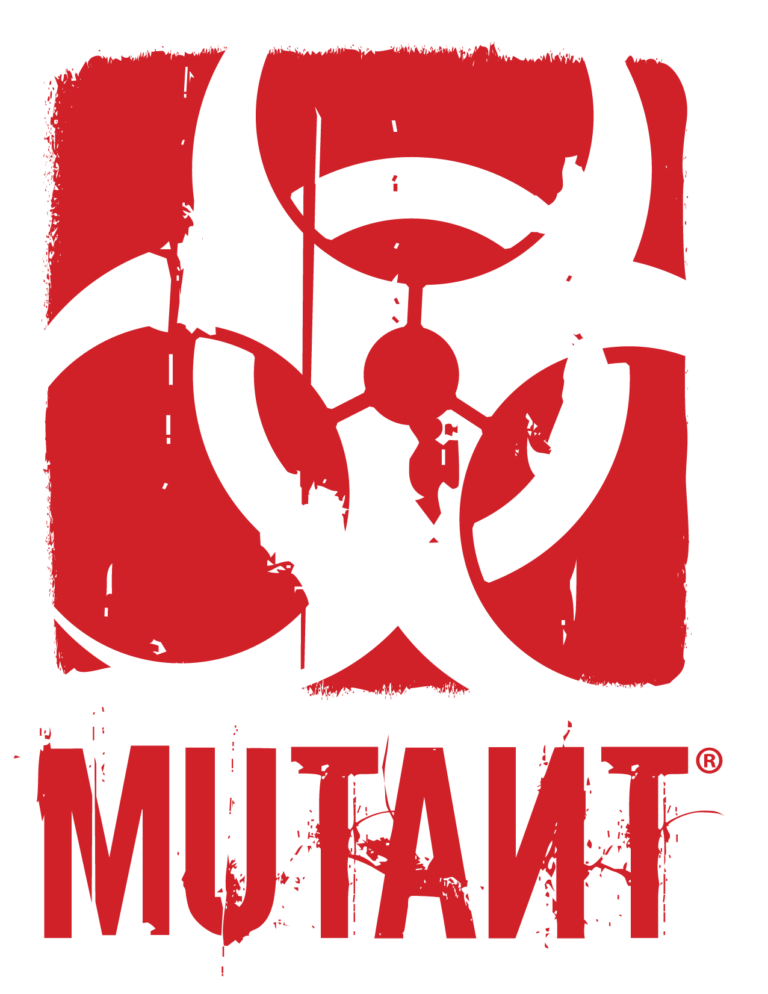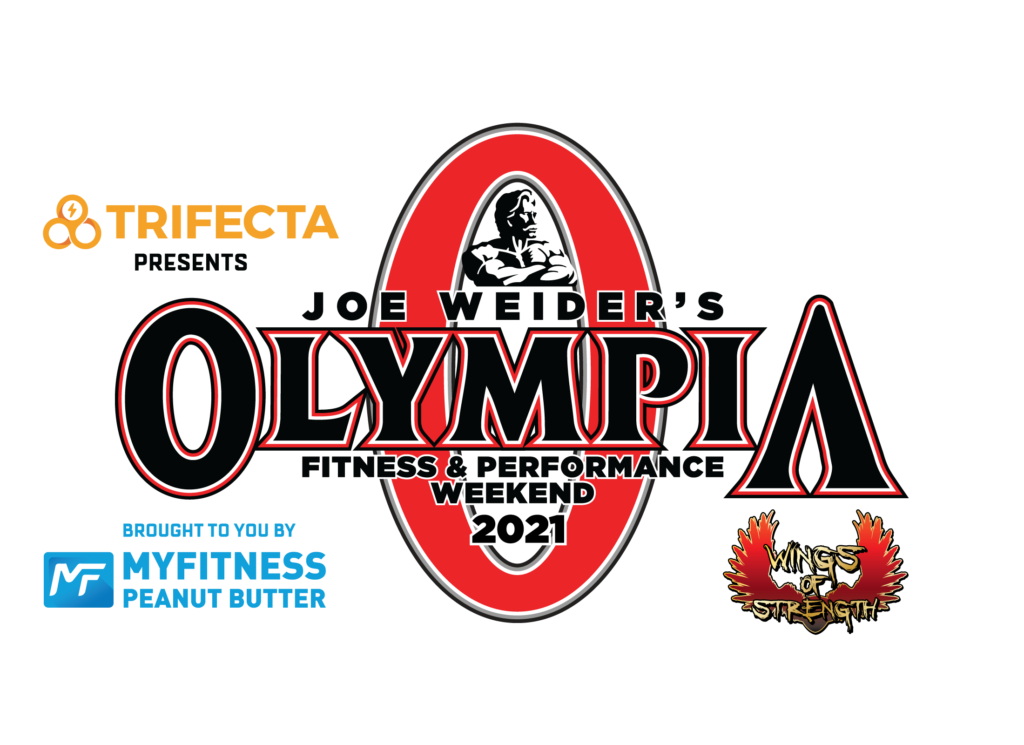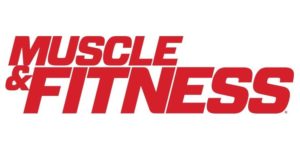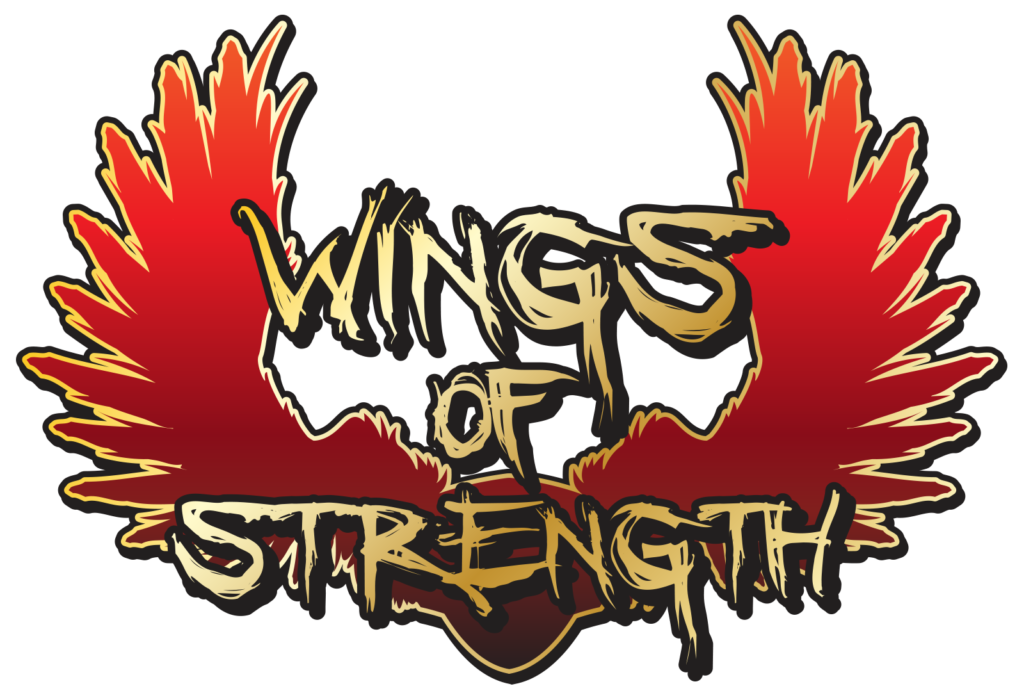By Evina Del Pizzo
What’s the best workout for building nice, full but chiseled arms? My mentors usually gives me a quick look and giggle when I ask that question. Mostly the answer has been, “Time and consistency.” Looking back on what I’ve learned about training for my ectomorph body, it was partly the right response—not just time, but time under tension. That means putting the body under enough stress for enough time to cause it to change.
In terms of my upper body, I started with skinny arms, flat shoulders, and a smooth back—and that didn’t exactly give me the curvy shape we admire the bikini pros for. Although popular demand suggests that it’s their booties we love, truth be told, we also love their upper bodies! Once I started to have a more defined upper body, I noticed I stood out from the other players in bikini class F.
How did I do it? Consistency and time under tension. When I worked with my trainer, J.R. Rice, he would have me do different combinations of isometric holds and eccentric movements. With iso-holds you hold the muscle in a contracted state at a point along the exercise’s range of motion, but you don’t always need to hold it at the same angle. In fact, you can often do iso-holds at various spots along an exercise’s range (with the exception of hyperextensions, where it can lead to injury). Isometric holds bring in the stabilizer muscles, making them stronger to assist in daily activity.
Eccentric moves, also known as negatives, involve the negative portion of the exercise, the part where you lower the weight. The technique is to move the weight slowly on the way down, controlling the weight and defying gravity (or the direction of the resistance), thus forcing the muscle to lengthen. That means growth—every hardgainer’s dream! Sometimes I use an iso on the negative and have my trainer (or someone who can spot me) apply a slight pressure to the weight while I fight against the pressure, getting double the tension. That helps fatigue the muscle as well as building it up.
The poundage is challenging. I always try to use a weight that will give me a burn I can sustain through four or five sets. As you will see in the routine below, my trainer usually has me use 20-pound dumbbells, but it also depends on where I am in my workout. If I am completely ready for action, he will challenge me with more weight because I have the energy for it. Toward the end of my workout, he gives me something lighter, to focus more on iso-holds.
In the upper-body workouts below, note the designations of time under tension, which look like this: 4/2/4. The first number is the number of seconds in which to lift the weight to contraction, the positive part of the rep; the second is the number of seconds in which to hold at the contracted position; and the third is the number of seconds in which to lower the weight, the negative part of the rep. In the example, it’s four seconds up, two seconds to hold, and four seconds to lower.
Note also that the workouts are organized in pairs of exercises performed like supersets. I do a set each of the first two exercises, taking no rest between them, and then rest 30 seconds, stretching the muscles before repeating, and so on for the listed number of sets. Then it’s on to the next pair of exercises. Stretching between rounds helps avoid lactic acid buildup, evidenced by the burn, throughout the workout.
The weights listed are the ones I use and for information only.
Biceps and Triceps Workout
I generally train biceps and triceps together, but it’s not imperative. You can pair these muscle groups with other upper-body parts however you like. I do them together so I can kill two birds with one stone, and it helps me manage my time better.
Combo set 1
Overhead rope pushouts (cable machine), 1/1/3, 5 x 15 reps x 25 pounds
Curl bar 21s, 1/0/3, 5 sets x 21 reps x 30 pounds
To perform 21s, do 7 reps in each of the three hand positions—narrow, neutral, and wide—for a total of 21 reps. That’s one set. This technique helps target different areas of the biceps.
Combo set 2
Seated curls, 2/2/4, 4 sets x 20 reps x 20 pounds
Triceps kickbacks, 2/1/2, 4 sets x 15 reps x 20 pounds
On the curls, stop right before you hit hyperextension of the elbows to avoid injury.
Combo set 3
Triceps pushdowns, 2/0/2, 4 sets x as many as possible x 20 pounds
Hammer curls, 2/0/2, 4 sets x 15 reps x 20 pounds
“Pushdowns” differ from pulldowns in that you use an underhand grip. Do not do use heavy weight on these, as your focus is to get as many as possible. If you start to fatigue, you can rest 5 seconds when you need to keep the set going.
On the last round of hammer curls, include a 30-second hold when the elbow is at 90 degrees.
Back and Shoulders
The key to building a bikini body for a hardgainer is to make it seem curvier than the boxed hips and waist and narrow shoulders we have to start with. How do you do that? As my trainer says, it’s all about the illusion of the curves. In other words, you widen your back and shoulders to narrow your waist.
Combo set 1
Narrow-reverse-grip lat pulldowns, 1/2/4, 4 sets x 15 reps x 75 pounds
Dead hangs, 4 sets x as long as you can hang
Dead hangs are, literally, hanging from a pull-up bar. When you hang like that, you elongate the muscle and force the latissimus dorsi to engage at full extension, supporting your body weight. All your muscle groups from the tips of your fingers to your shoulders and obliques perform an isolated hold on your body weight.
Combo set 2
Push presses, 1/0/1, 4 sets x 15 reps x 45-pound barbell
Wide-grip lat pulldowns, 2/2/2, 4 sets x 15 reps x 70 pounds
Combo set 3
Seated rows, 1/3/4, 4 sets x 15 reps x 60 pounds
Lateral raises, 1/2/2, 4 sets x 15 reps x 12 pounds
Keep the elbows slightly bent on the lateral raises.
If you try this workout, don’t forget to stretch between combo sets. Not only will you see the results, but you’ll definitely feel them as well!
Want more training tips? Check out Digital Muscle’s Training Blog!
A former Hawaiian Tropics bikini model, Evina Del Pizzo is a certified Master Trainer at Gym Life in Granada Hills, California. She holds a degree in social behavior with an emphasis in sports psychology from California State University, Northridge. Del Pizzo is sponsored by Pro Fight Sports and recently won her first NPC overall bikini title.





